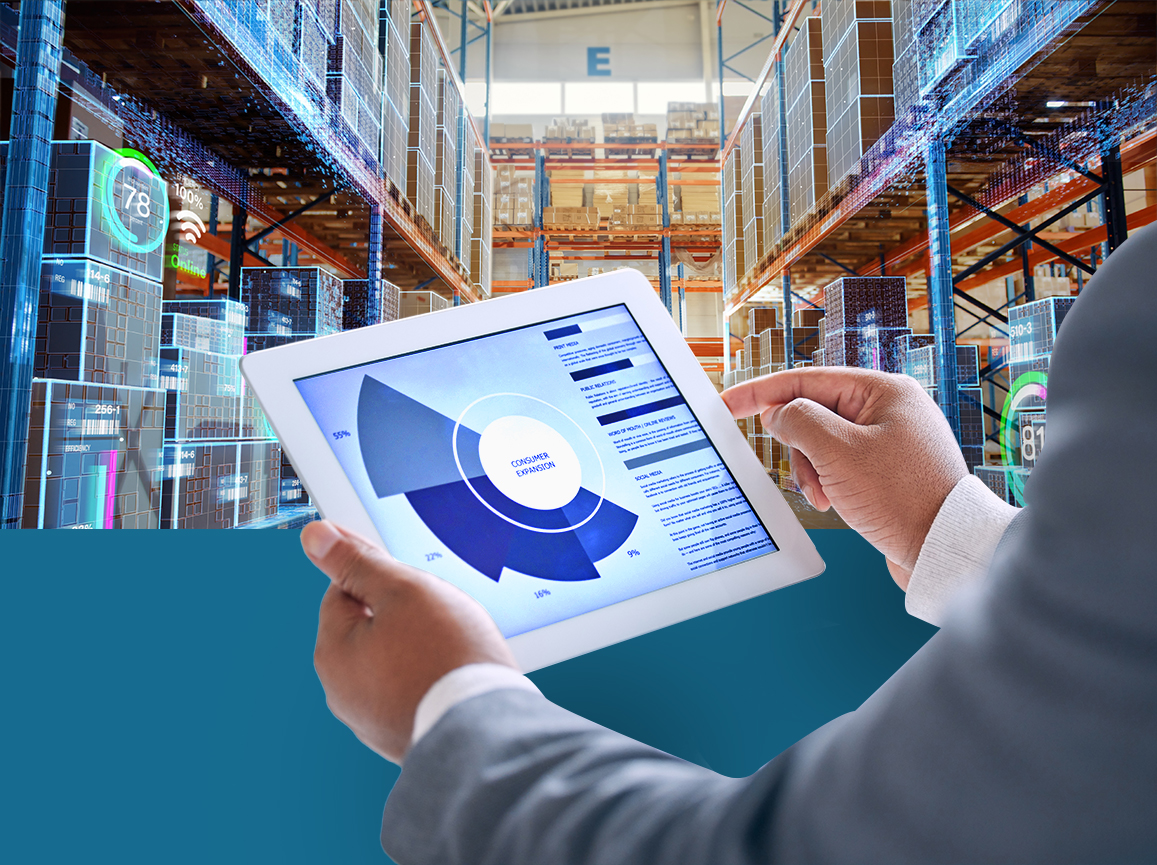The Key Elements of Making Your Supply Chain Ecosystem More Resilient
Global disruptions have caused supply chains to undergo extensive and unprecedented changes. Since the onset of the pandemic, Gartner’s research shows that only 21 percent of supply network leaders believe their process is highly resilient. In addition, McKinsey & Company found that the majority of companies that experienced issues through the COVID-19 crisis are now ramping up their use of modern digital tools, such as advanced analytics.
From shortages in both products and people, traditional business models are left to face the new challenges spurred on by the pandemic. To combat these issues, businesses must bring their strategies into the digital age where cutting-edge technology and tools are available to streamline operations, create heightened visibility and ignite execution speed.
Through digital advancements, companies have transparency into each link in their supply ecosystem and can minimize risks by analyzing data in real-time. Overall, the modern process allows organizations to gain a holistic view while monitoring each component in the chain. In fact, the modern network is shifting from a supply chain to a supply web of interconnected elements versus a single linear system.
Resilient modern logistics management serves as the driving force of business growth through end-to-end integration, clear visibility, and speed of execution.
Integration
Expanding partnerships is critical for businesses to improve their operations and maximize productivity. Businesses gain a competitive edge through intensified collaboration with suppliers and customers while addressing the disconnect, which is primarily attributed to ineffective or outdated technology. Leveraging partnerships with software solution providers is essential to acquiring up-to-date tools, from hybrid cloud applications to artificial intelligence (AI) solutions.
With a tech solution that supports a unified digital supply chain, businesses are set to scale and prepared with better resilience and agility tools to set them up for success in the face of disruptions. Improving integration will lower costs, reduce waste, improve customer experience, and provide a comprehensive view of the business to guide improvements and changes thoughtfully.
Visibility
To remain agile and predictive during network disruptions, businesses must maintain full visibility and move away from outdated legacy operations that do not provide end-to-end visibility. This has become a common top priority, as 70 percent of companies are focusing on improving logistics visibility, and 80 percent strive to be more agile, according to International Data Corporation’s 2020 Global Supply Chain Survey. With intelligence capabilities to assess what is happening in real-time, companies can respond quickly to findings. Achieving complete visibility requires a hyper-automated solution.
PartnerLinQ by Visionet offers a proprietary supply chain solution that allows complete transparency, error handling, automation, and analytics. With a modern day, fully visible digital connectivity solution, companies can reduce costs and streamline operations. When businesses remove the need to make manual transaction adjustments, they can rely on automation that brings ease and visibility to the entire ecosystem.
Speed
Speed of execution is crucial for business leaders to remain agile and adaptive to changing market conditions while upholding sustainable business practices. Investing in the appropriate technologies for a modern-day logistics strategy is key, but it’s vital to implement these updates fast enough to be prepared for disruptions. With supply network disruptions consistently occurring, businesses must make a rapid digital transformation through resilient tools and platforms to ensure efficiencies.
Cross-enterprise digitization is imperative as goods are continually moving along the chain faster than the information on them. From design to manufacturing, data must flow in real time to continue the overall flow of the supply ecosystem. With zero-latency visibility and integrated systems, companies can meet the speed of execution standards. Essentially, each aspect works together to create a successful process.
True digital transformation is necessary to cultivate fully integrated, visible, and quickly executed modern-day supply chains. With a number of disruptive challenges, it’s crucial that businesses rely on third-party, end-to-end cloud solutions to improve integration for long-term success. While the buzzwords of digitization and transformation are becoming commonplace in business logistics discussions, the uniting factor is time. Cracks in supply operations, outdated systems, and recovering from disruptions are all common challenges that cost businesses valuable time.
To discover the latest expertise and practical tips on how top organizations are achieving a more agile, seamlessly integrated system, please watch this insightful session on Building Your Supply Chain Network.
https://www.youtube.com/watch?v=2rhrGf7oZEw
Join Ahmed Raza, Vice President – Head of Product Engineering and Strategy of PartnerLinQ by Visionet, and featured speaker George Lawrie, Vice President and Principal Analyst of Forrester, to learn more about the dynamics of the modern-day network and the related challenges.
If you’re unable to attend the live webinar, follow this link to schedule a demonstration of how PartnerLinQ can help your organization achieve complete visibility.
 PartnerlinQ
PartnerlinQ







